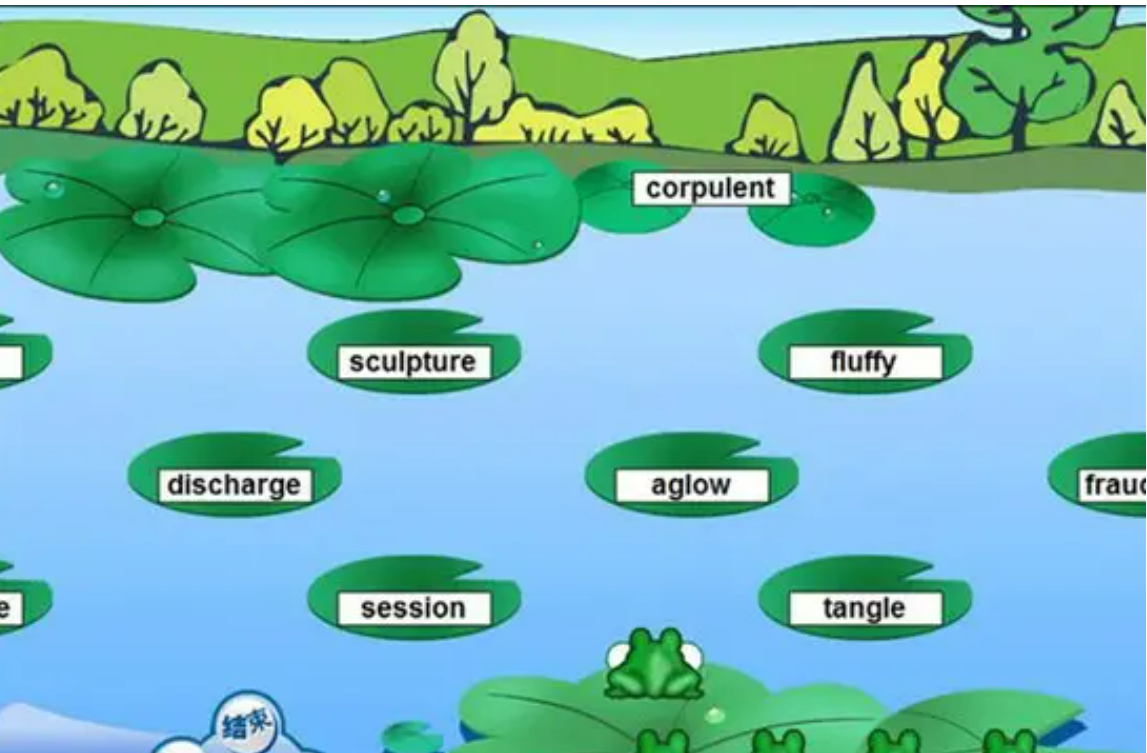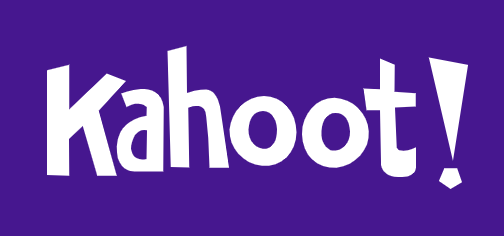Padlet - a practical interactive tool for online classes
Hi guys! Welcome back to Explore English Teaching with Leah! 😁😁
Today I am going to share a practical interactive tool for online classes— Padlet
👉Click here for a first glimpse https://padlet.com
Padlet is a free interactive collaboration website. It allows users to discuss and speak simultaneously in the same padlet.
To use it in the classroom, first the teacher starts a padlet and sends the link, the QR code, to the students. Once the students have joined, they are free to add their answers. The teacher can see the students' progress and the students can refer to each other, discuss and leave comments.
— How to use —
Step one: get to know the functions
👇If the picture version is not clear enough, here are some videos
— My comments —
Firstly as a student, I have used Padlet many times to participate in class discussions. One of the things I like most about it is that it can be anonymous. The anonymous discussion eases the psychological burden on students when they are unsure of their answers and ideas, and in this way encourages students to share
Secondly, it is useful for peer assessment. Students can see each other's posts and learn from each other by liking or leaving comments. This facilitates classroom discussion. Compared to the breakout room in a TEAMS meeting, posting in Padlet is less affected by network latency, and more stable and efficient.
Finally, both students and the teacher can export all the content. For teachers, Padlet is convenient for collecting students' work or answers and avoids the inconvenience of inconsistent formats. For students, it improves the efficiency and accuracy of note taking, and students will not have to worry about missing or omitting to write down other students' brilliant presentations.
When applied to the Chinese education context, I think it is better suited to classroom discussions in higher education. Sharing a link to a discussion in a class group is unlikely to be possible in high school because junior and senior high schools restrict students from bringing mobile phones and tablets to campus. However, in the case of college English classes, where there are 50 to 100 students in one class, not every student has the opportunity to speak in a mere 40-minute class, so sharing their ideas in a Padlet gives students an equal opportunity to express themselves, the students themselves can form the learning resource through Padlet.
That's all for today. Click on this link and create your own Padlet!
Please leave your thought in the comments section! ✌









Hi Leah, I didn't know about the export function of padlet before. You present me something new. Thank you. And I also think that giving students more opportunity to express themselves is important in China. Students are always shy to speak.
ReplyDelete